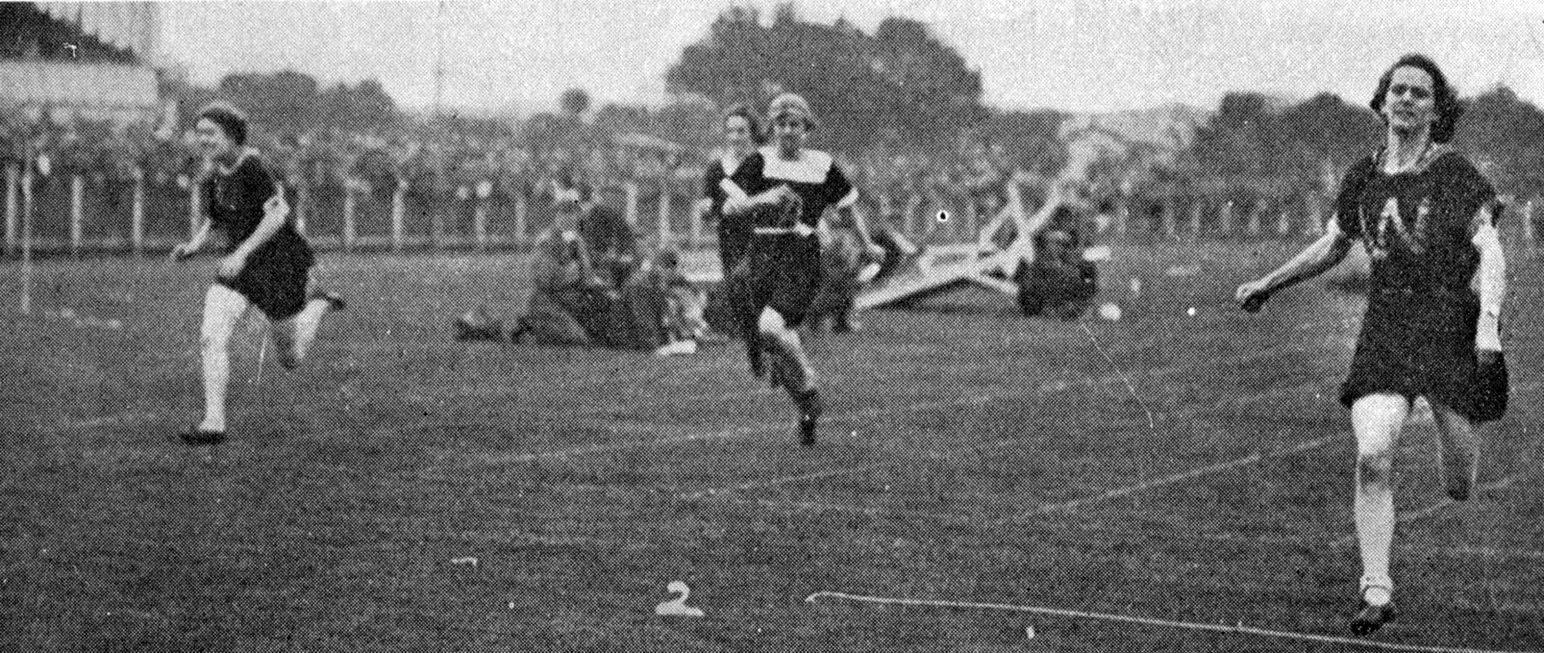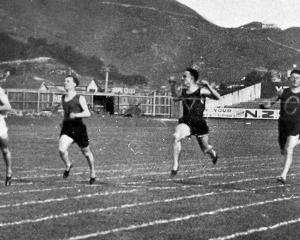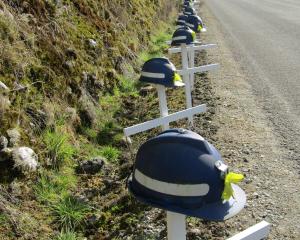

Ship steering fin broken
The oversea steamer Tainui was docked at Port Chalmers on Saturday prior to going on the loading berth. When the dock was pumped out, officials were astounded to see that half of the rudder was missing. The missing portion of the rudder is about 6 feet by 7ft 6in. It was broken clean off horizontally, the break being about in line with the 10ft draught mark on the stern post. As soon as the damage was noted steps were immediately taken to effect repairs. The Stevenson and Cook Engineering Co were entrusted with the repairs, and the rudder will be unshipped this morning to have a new portion made to take the place of the part that was lost. It is said that the vessel was fortunate in being docked at Port Chalmers, where up-to-date appliances were available for repairs, and where many big jobs in ship repairing have been carried out successfully.
Insulators hard to resist
There is a strong fascination to the average boy in being able to throw a stone straight, and to achieve perfection in his direction he is often tempted to make targets of telegraph insulators. Six boys, who were found out, appeared in the Juvenile Court on Saturday morning, before Mr J.R. Bartholomew SM charged with breaking insulators and lamps at Mornington. Their ages ranged from nine to 14 years. Twenty-one insulators had been broken in one short street. The juvenile probation officer (Mr Lock) said that the boys came from respectable homes. The Magistrate said that he would leave the parents to punish the boys and would adjourn the case for six months, the boys to be under the control of the juvenile probation officer during that period. The parents would have to make good the damage. — ODT, 17.3.1924
Compiled by Peter Dowden












